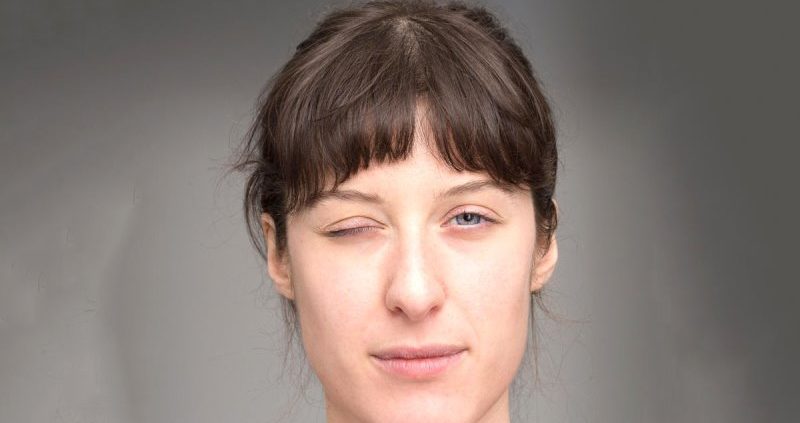The facial nerve is one of the main cranial nerves and controls most motions of the face, including smiling, furrowing your forehead, chewing, and frowning. Facial paralysis is a broad term for muscle weakness of the face primarily brought on by temporary or permanent nerve damage.
If you have such symptoms or know someone who has it, then the question of can facial paralysis be reversed must have occurred to you.
Well, the good news is that this condition is not permanent; however, it can occasionally persist, but the chances are rare.
With the help of treatment from a reputable & reconstructive plastic surgeon, most patients regain full strength, movements, and expression.
Below is a complete guide and details that you must know about the disease.
Table of Contents
What Is It?
It is the inability to move the facial muscles on either side. This condition can be brought on by congenital disorders, trauma, or diseases, including brain tumors or Bell’s palsy that cause nerve damage. It can impact one or both sides of one’s face, and there may be obvious droopiness and difficulties speaking, swallowing, blinking, eating, or expressing oneself naturally with expressions.
What Are The Causes?
The following are some of the typical causes:
Bell’s Palsy
The most typical type of facial paralysis is Bell’s palsy. Bell’s palsy is most frequently characterized by a sudden onset of paralysis on a particular side of the face, which is frequently accompanied by earaches. The majority of patients with Bell’s palsy fully recover. An otolaryngologist, neurologist, or primary care physician typically identifies and manages the illness.
Lyme Disease
Lyme disease is another viral condition that can cause such paralysis where muscular mobility is hampered, and it could also result in involuntary motions and chronic muscular stiffness.
Congenital Facial Palsy
It can occur in newborns, although the underlying cause is frequently unknown. Congenital palsy can affect both or one side of the face and manifest as a syndrome.
Other symptoms:
- Neurosarcoidosis
- Viruses
- Tumors
Symptoms to Look Out For
The symptoms include:
Difficult to Eat And Speak
Patients can find it challenging to eat and drink. You might notice that your speech sounds differently, or it becomes harder to pronounce some words.
Drooling
Drooling is a frequent issue because people cannot control their face muscles. Eating when you constantly drool might be challenging because it can cause a sore mouth.
Dry Eyes and Ear Pain
Dry eyes are a common symptom of such paralysis. The early symptoms may include a minor rise in body temperature, earache, and stiffness on one side of the face.
These symptoms may appear suddenly and unexpectedly. Most of the time, symptoms subside rapidly, but they can also last long.
Treatment Options
But can facial paralysis be reversed? Well, for face paralysis, no one treatment fits all. The patients typically make a full recovery. To hasten your recovery, your doctor can advise taking certain medications, engaging in physical therapy, having surgery like selective neurolysis, etc.
Treatment Using Medicine: The medications help reduce the nerve’s swelling and inflammation.
Physical Therapy: The physiotherapist can help the patients learn how to massage and tone their facial muscles to stop them from shrinking or shortening.
Facial surgery: This reanimation surgery is sometimes done to regain mobility. This covers treatments such as nerve grafts, eyelid lifts, implants, and eyebrow lifts.
Conclusion
To choose the most effective treatment, it is essential to determine the cause. Sometimes it can be improved on its own. Others may need surgery, less invasive face injections, and medicinal or physical therapy as part of their treatment. Facial paralysis affects everyone differently, so patients’ treatment must be tailored to their unique needs and paralysis situation. So, opt for a clinic capable of rendering all your treatments and needs.






